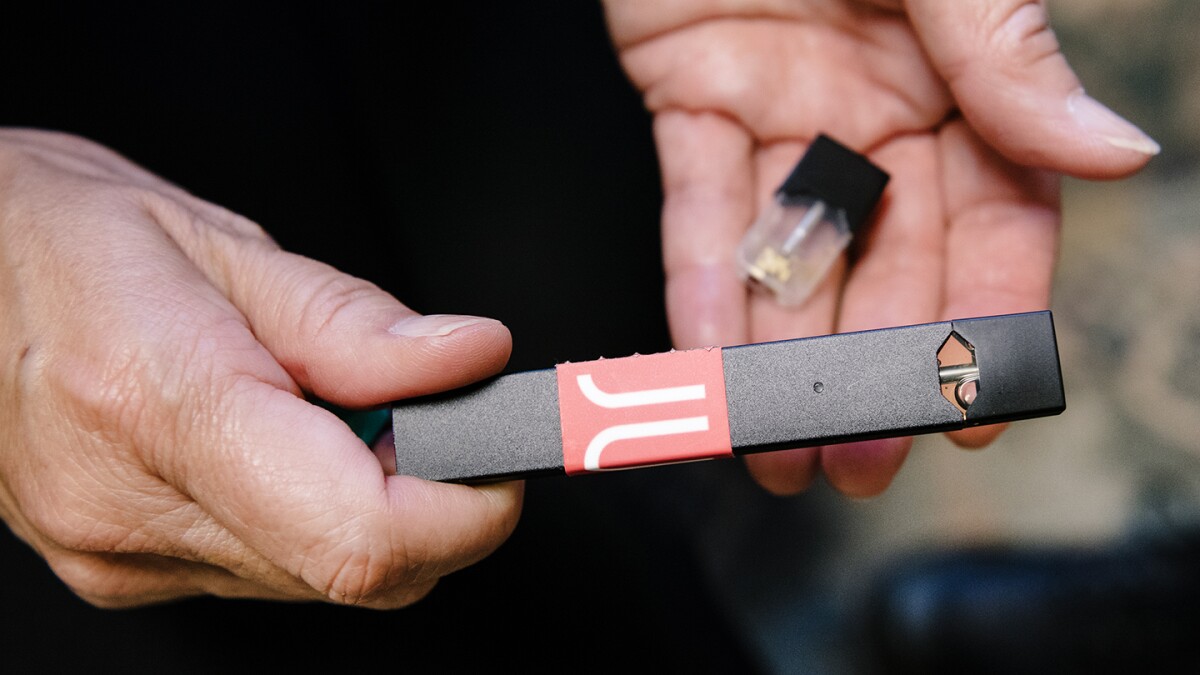Electronic cigarettes, or vaping, have become increasingly widely used in recent times which has raised questions about their safety and health. Secondhand exposure to vaping is a major issue, especially in enclosed spaces like homes, schools and offices. Vape detectors can be used to identify indoor vaping and help people address the issue. In this article, we’ll review the various kinds of vape detectors available along with their capabilities and how they work in various situations.

Vape detectors are electronic gadgets which use sensors to determine the presence of smoke from vape or particles that are in the air. They offer a quantifiable assessment of the amount of indoor emissions. They can assist in enforcing a no-smoking policy and identify areas where vapers are. Vape detectors come in many different types that include those designed for use at homes, at schools and in other public spaces.
Vape detector for home use are becoming increasingly popular among families who want to protect their children from the harmful effects of secondhand smoke. The detectors can be discretely installed in living or bedroom areas, where smoking could occur. The detectors are able to be outfitted with a variety of sensors, such as the PM2.5 sensor which can detect the particles released from vape devices. Many home vape detectors have apps for smartphones that alert you when vaping has been identified.
Vape detectors can be used in schools to combat indoor vaping. A lot of schools have implemented smoking-free rules, and also ban the use of vaping devices. Vape detectors can be used to enforce school policies and help identify those who are using vape. They’re typically placed in common areas like bathrooms, hallways, and locker rooms, and can be connected to central monitoring systems that informs school administrators when vaping is identified.
Vape detectors used in schools tend to be more sophisticated than those used in at-home use, as they need to be able to cover a greater area as well as distinguish between vaping and other types of smoke. They employ a mix of sensors, including laser scattering sensors to detect vaping and give accurate readings. Certain models can differentiate between vaping pen and electronic cigarettes.
Vape detectors are used in casinos, hotels, and other public spaces, such as workplaces, schools and in private homes. These detectors offer a safe and healthy environment for guests and employees. They are able to monitor indoor air and are able to detect vaping. They can be installed in areas like lobbies and conference rooms. They also provide information on indoor air quality.
Laser scattering technology is among the most significant features of a vapor detector. It can detect vape smoke particles. The technology is extremely sensitive and is able to detect small amounts of smoke within the air. It operates by shining laser light across the air to detect any particles. Vape detectors give precise results on the quality of air in the indoor and identify areas where smoking is prevalent.
Another key feature of a the vape detector for your home is their capability to connect to a smartphone application, which can provide real-time alerts and notifications when vaping is identified. This feature is helpful to parents interested in monitoring the habits of their children’s smoke or school officials who are interested in knowing what happens when students use vape. Vape detectors can be equipped with cloud-based storage of data, that is helpful for analyzing patterns and identifying areas in which needing to pay more attention.
Vape detectors give you a simple method of detecting indoor smoking in the home, at schools, or other public areas. They use a variety of sensors and techniques to give precise measurements of indoor air quality. They are connected to smartphones apps to provide real-time alerts as well as notifications.
Vape detectors are the answer to safeguarding the health of those exposed to indoor pollutants. Vape detectors eliminate distractions and allow us to concentrate on monitoring air quality. Although the technology is fairly new, the effects are still not fully examined and there is a strong belief that these detectors could improve both indoor air quality and overall health. Vape detector technology has proved so far to be adept at capturing and reducing harmful substances like volatile organic compounds (VOCs) as well as carbon monoxide (CO) and ultrafine particulate matter (PM2.5). Vape detectors can identify vape products with greater precision than ever before. Vape detectors are a welcome improvement in terms of safety and health. As this revolutionary technology continues to expand in its use, it could someday help us protect our family members from harms associated with secondhand smoking or vaping in our houses.